Communication Skills for Business: Report on Key Aspects
VerifiedAdded on 2023/01/11
|15
|1016
|71
Report
AI Summary
This report provides a comprehensive overview of business communication, encompassing various aspects essential for effective information exchange within organizations. It begins by exploring different communication models, including linear, transactional, and interactional models, and then delves into formal and informal communication systems, highlighting their respective benefits and drawbacks. The report further examines diverse communication methods such as verbal, non-verbal, visual, and written, providing insights into their applications. It then outlines the benefits of both formal and informal communication, followed by the principles of effective communication, such as clarity, appropriate language, and consistency. Additionally, the report identifies and analyzes barriers in different communication methods, including verbal, non-verbal, visual, and written communication. The conclusion emphasizes the importance of communication in both personal and professional contexts, summarizing the key elements of effective communication.
1 out of 15
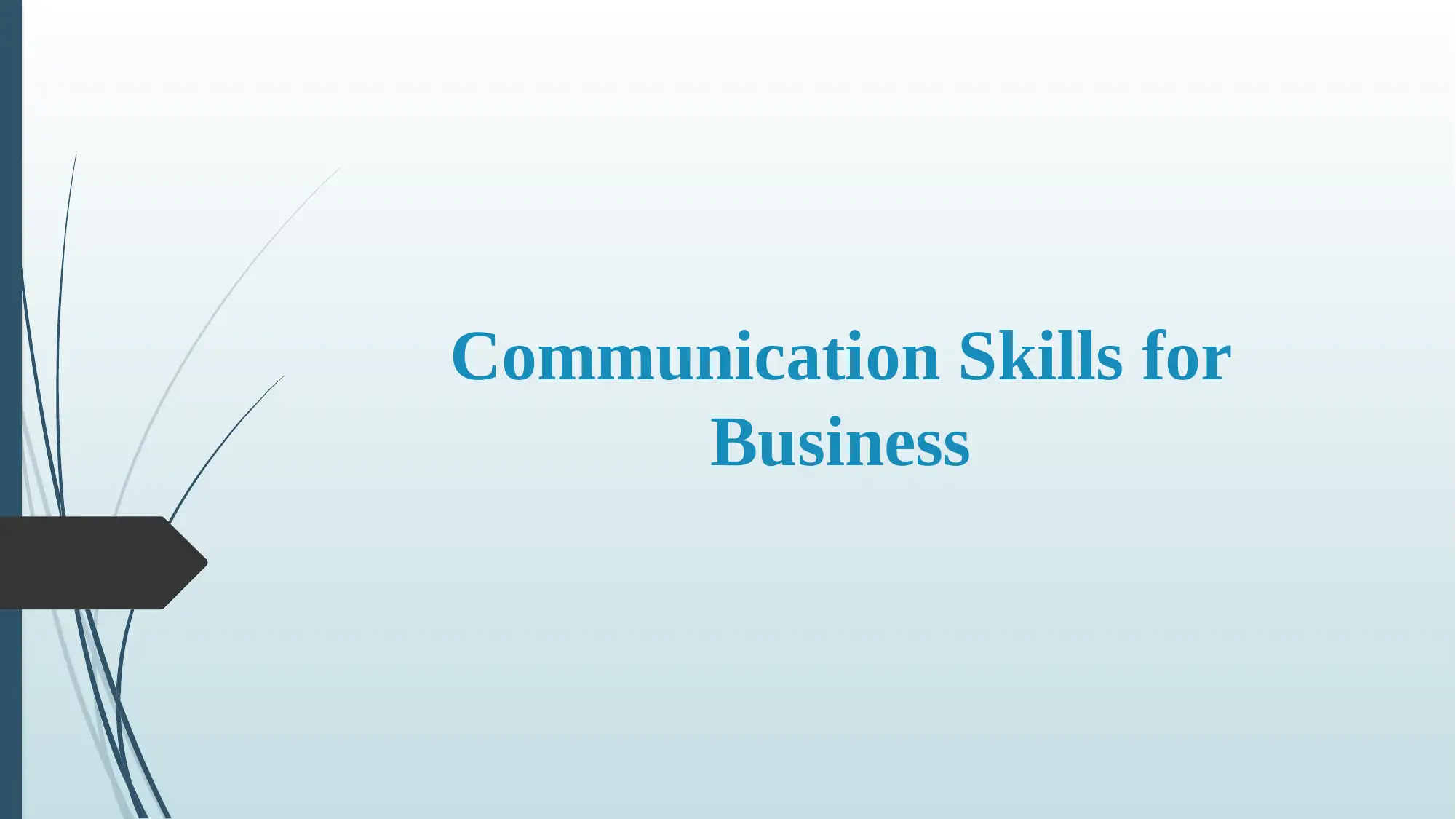
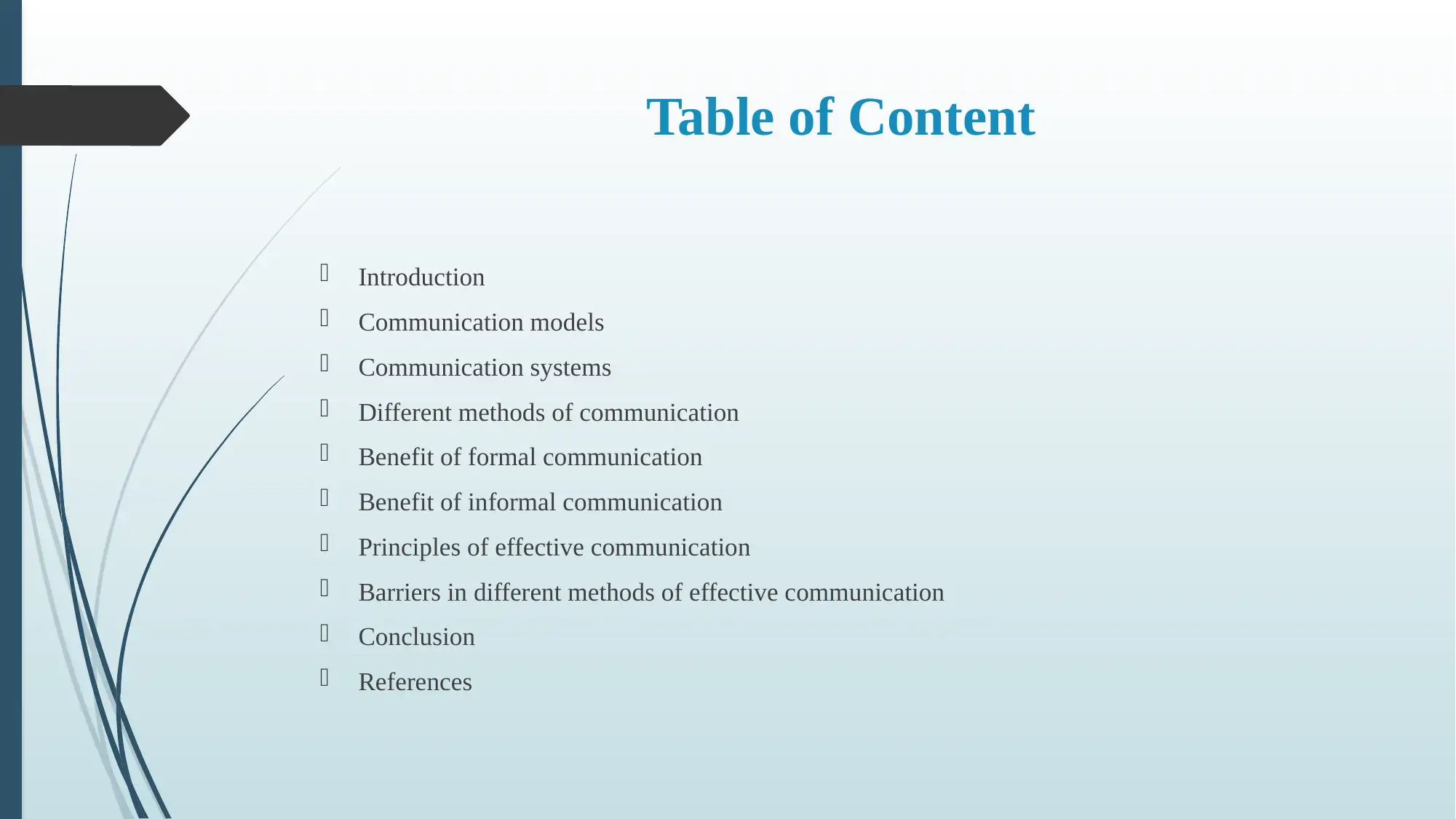
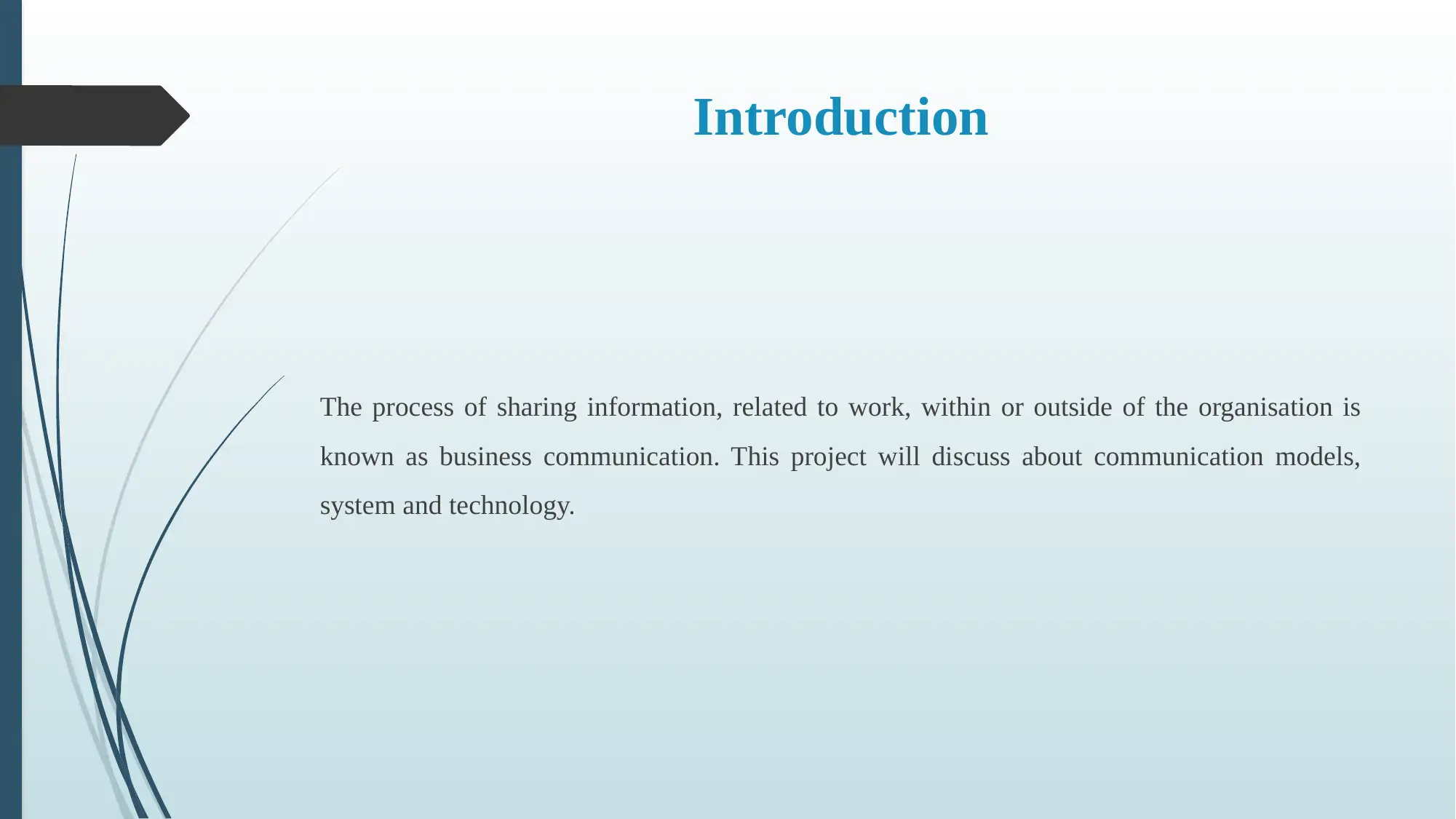


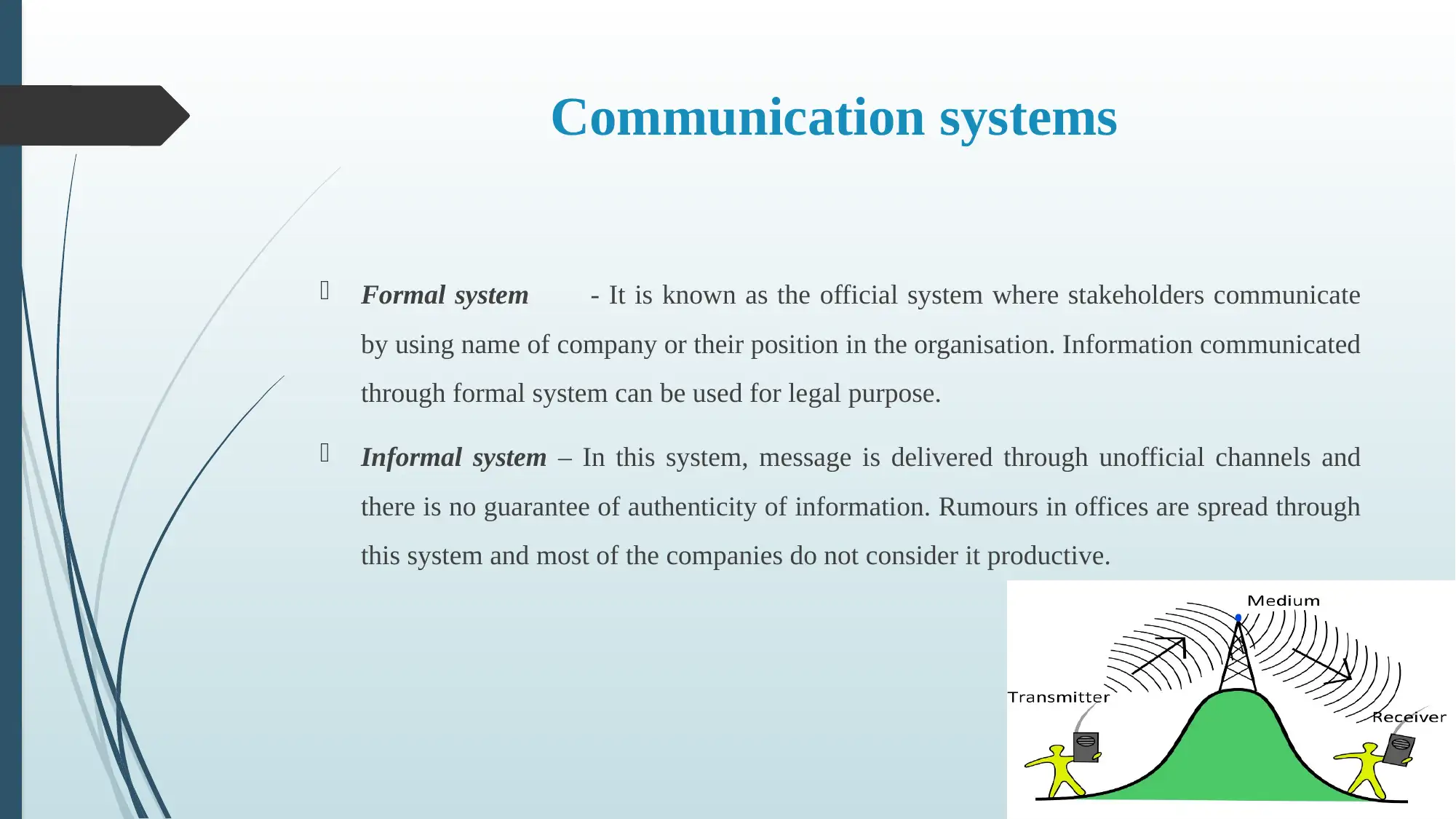
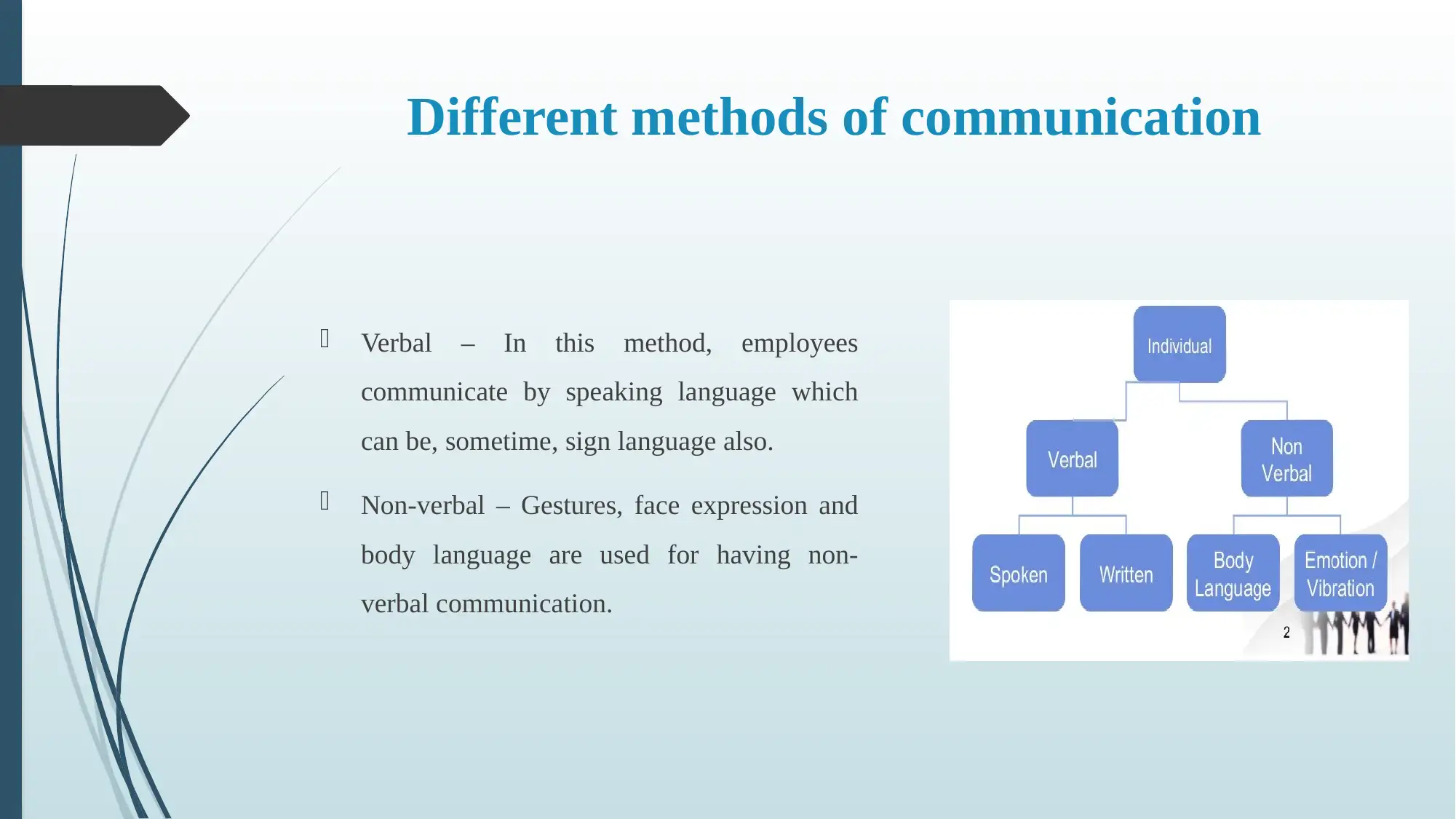
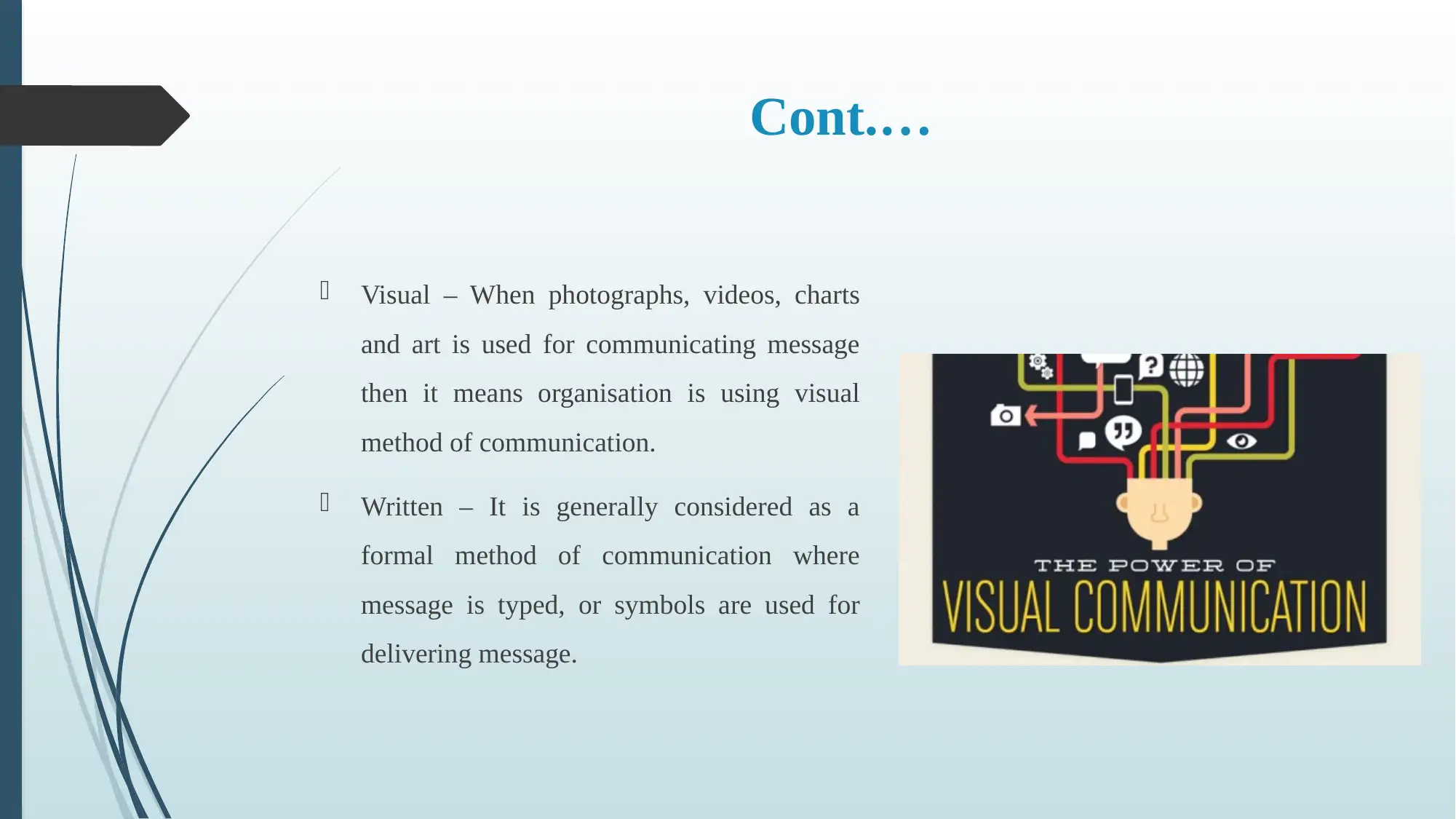
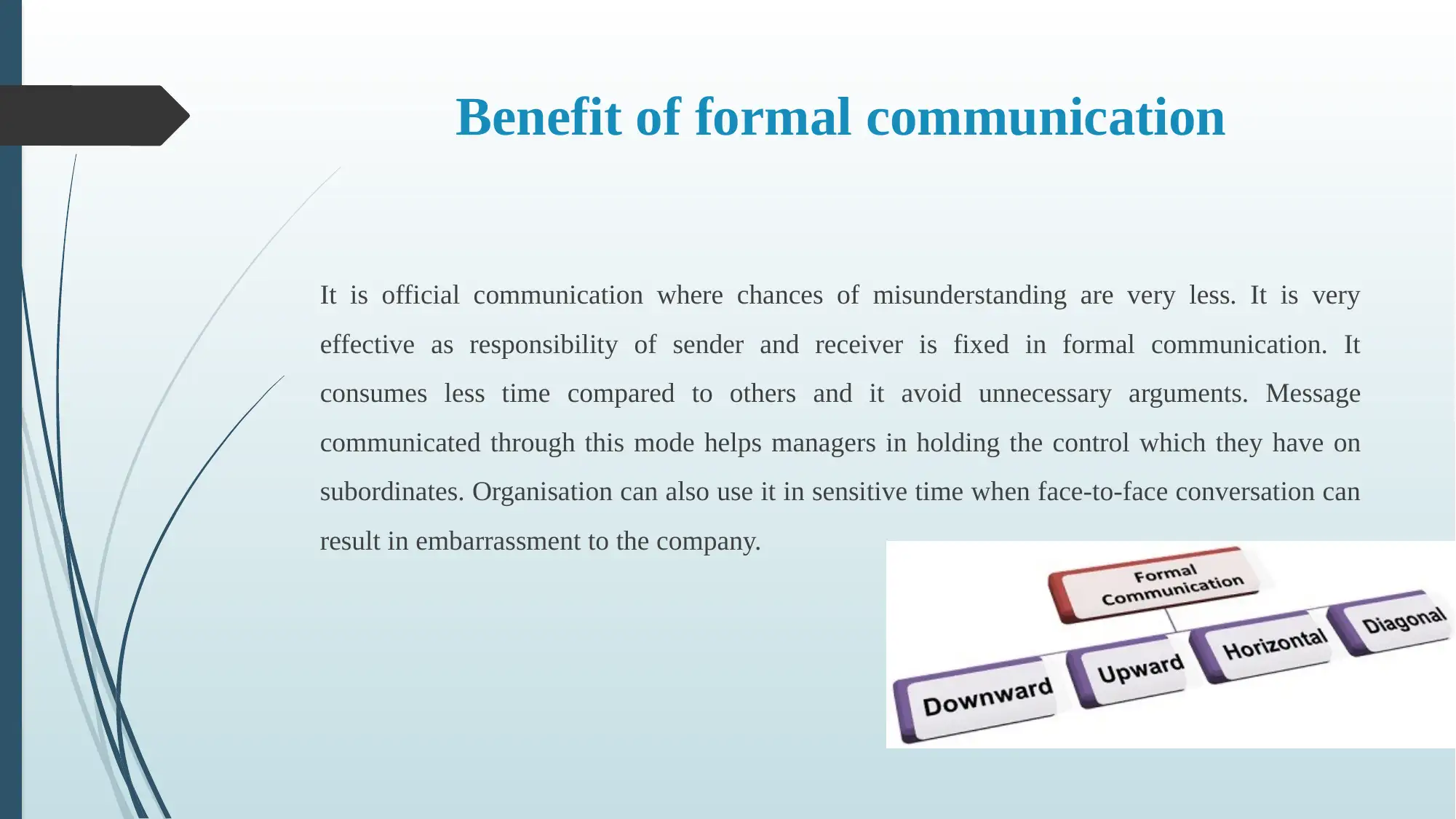
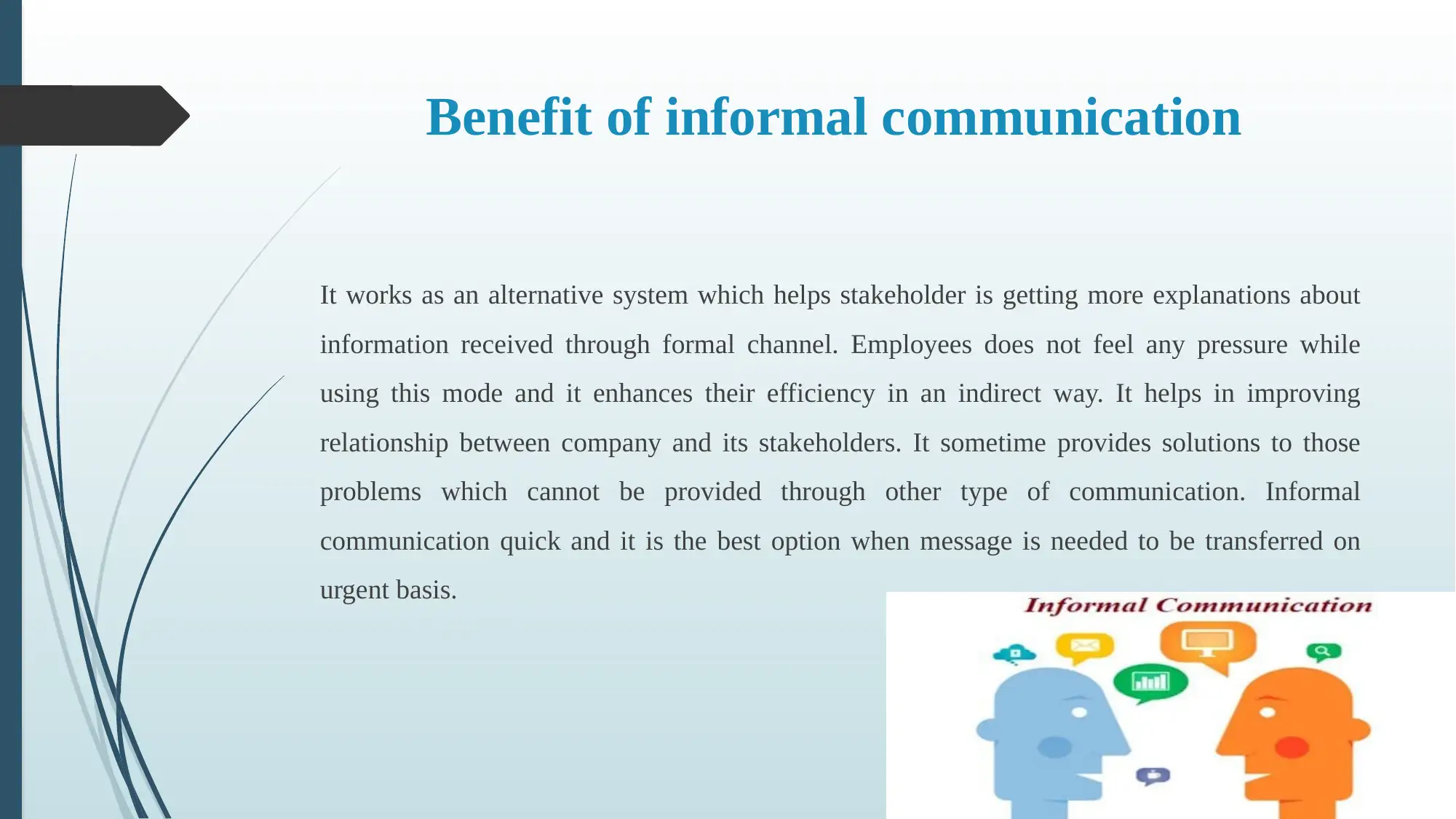
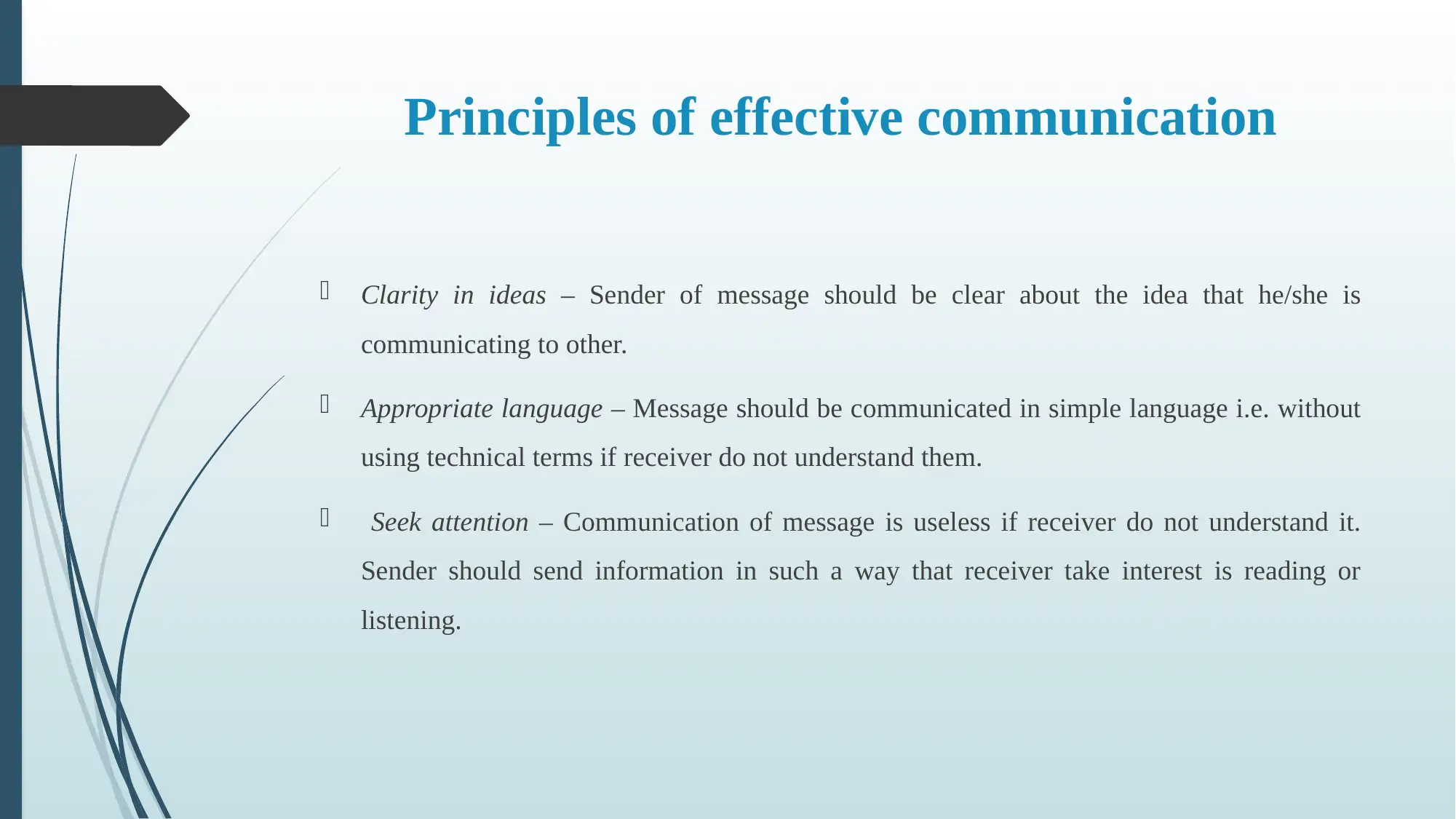
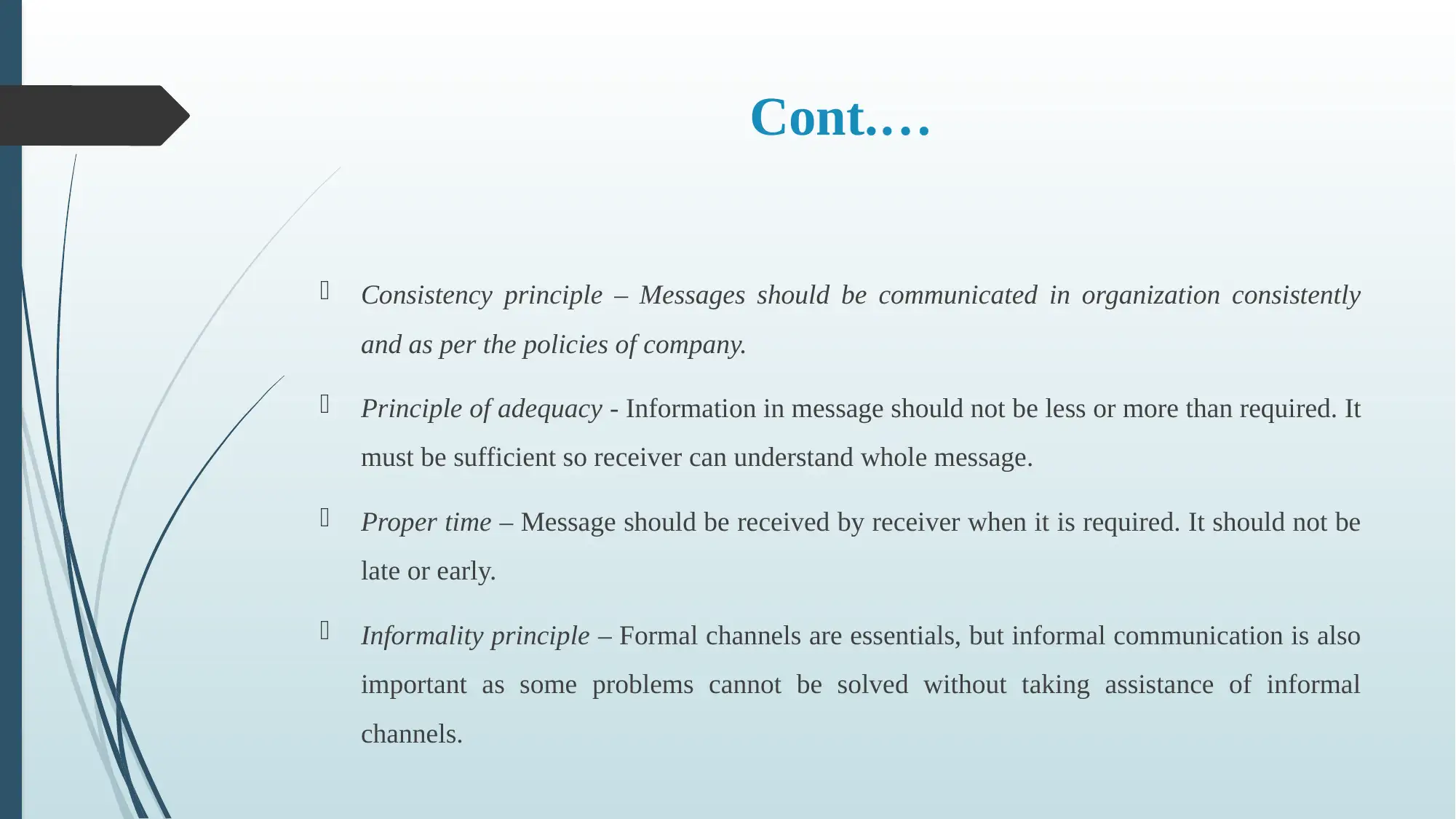
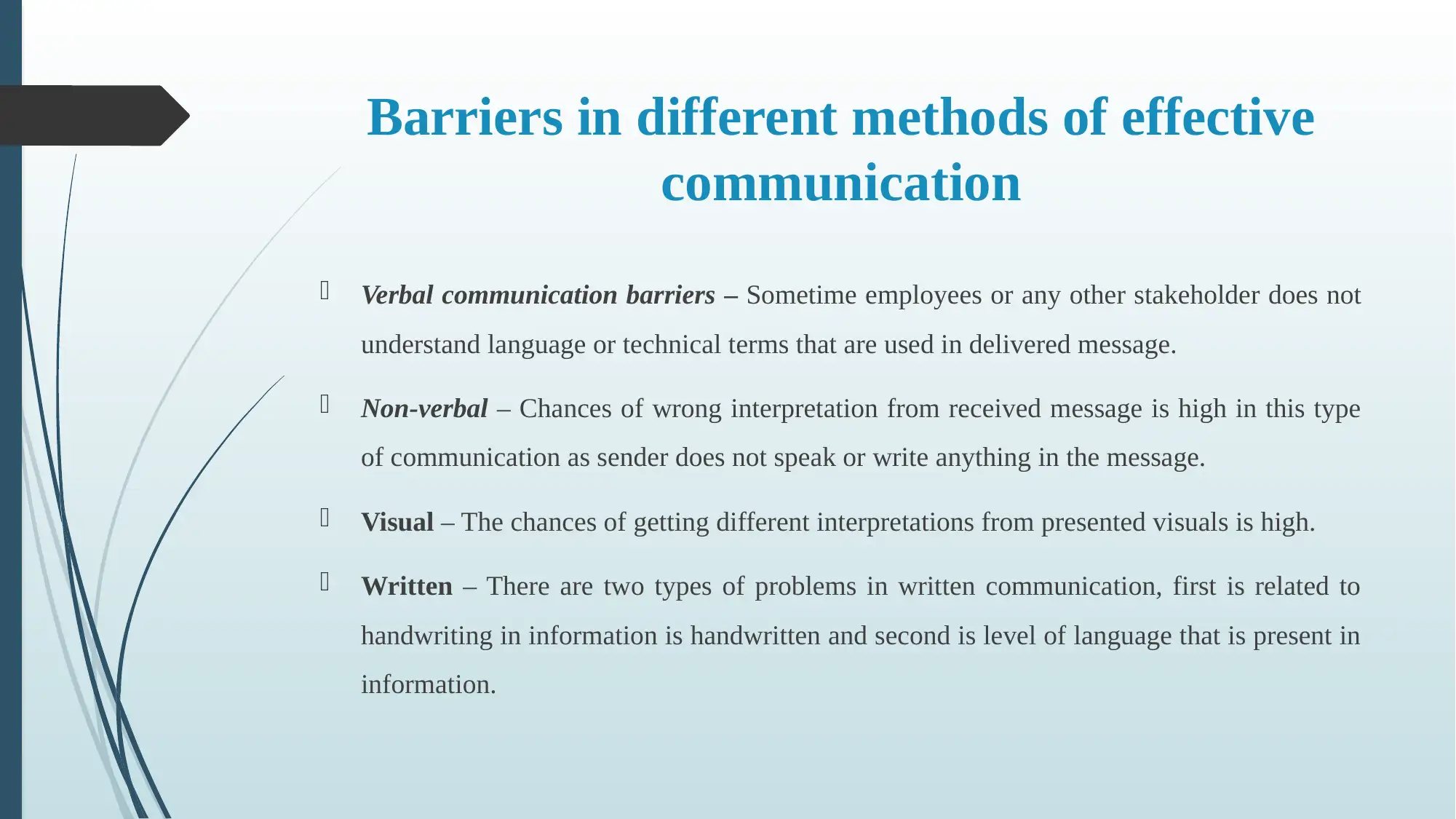






![[object Object]](/_next/static/media/star-bottom.7253800d.svg)